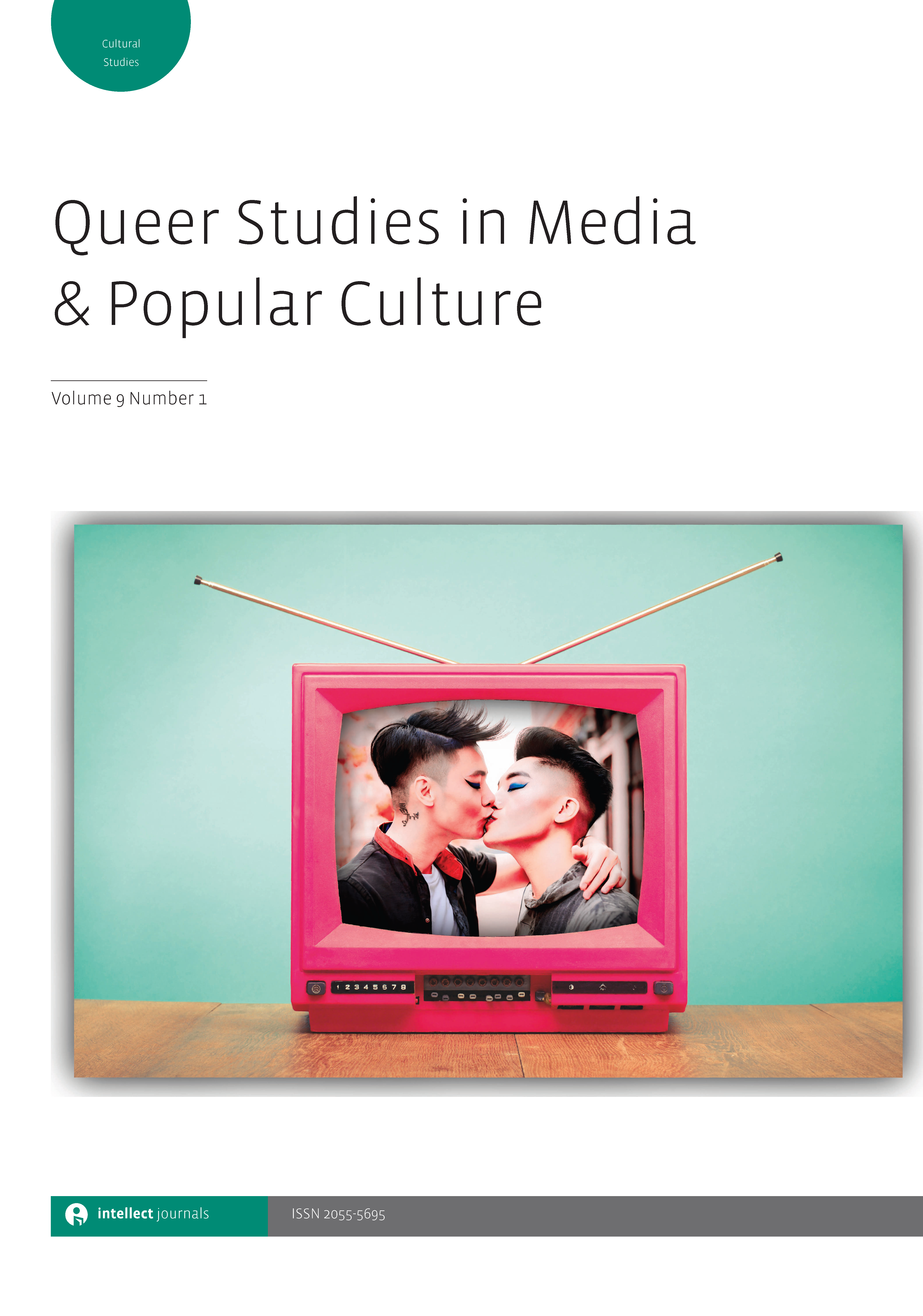
Full text loading...

This article explores the construction of gender identities and sexual orientations displayed in the 2018 anime series Darling in the Franxx by focusing on the series’ emphasis of its characters’ bodies. Karen Barad’s account of Agential Realism functions as a critical framework. The theory offers an understanding of matter as a dynamic process that provides a tool to think about bodies beyond the binary framework of female and male. The anime exhibits notions of gender fluidity, homosexuality and transsexuality. This analysis, therefore, aims to disclose how the sexed body is employed in the series’ conceptualization of gender identities and sexual orientation deviating from heteronormativity. Simultaneously, it discusses how Darling in the Franxx bears the risk of reaffirming the binary structure, as Barad’s theory does not necessarily follow an opening of binary structures.

Article metrics loading...

Full text loading...
References


Publication Date:
https://doi.org/10.1386/qsmpc_00115_1 Published content will be available immediately after check-out or when it is released in case of a pre-order. Please make sure to be logged in to see all available purchase options.